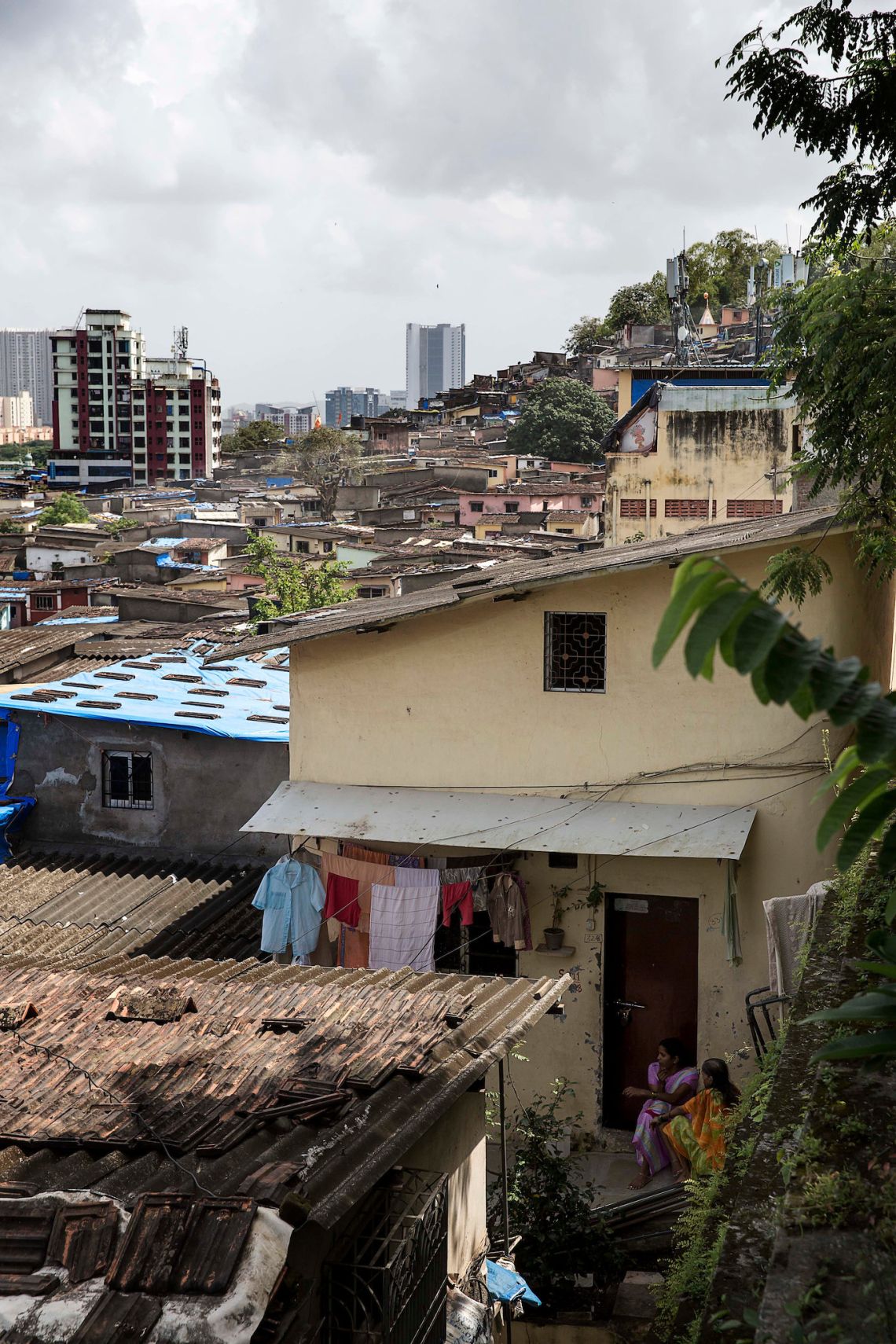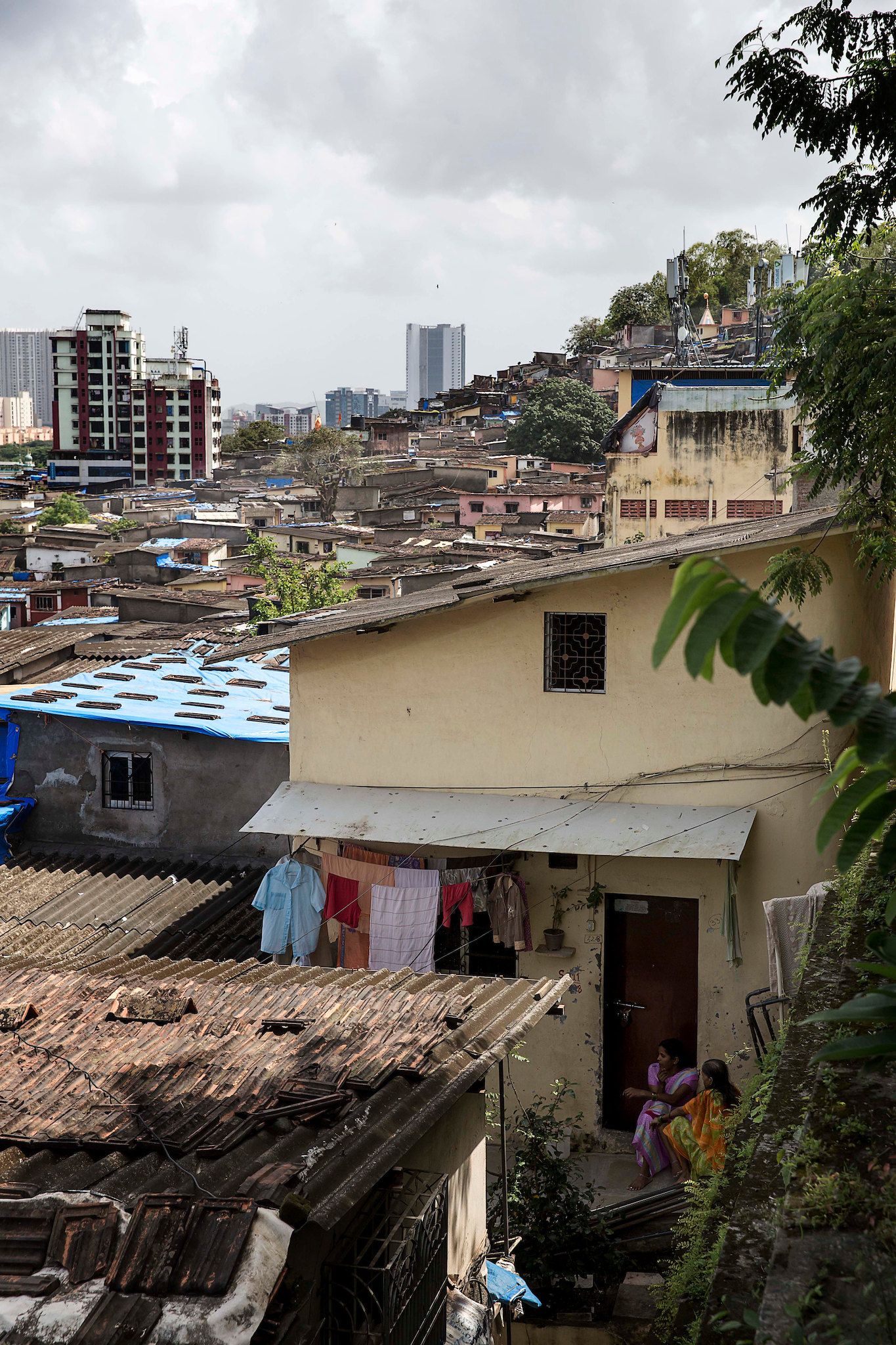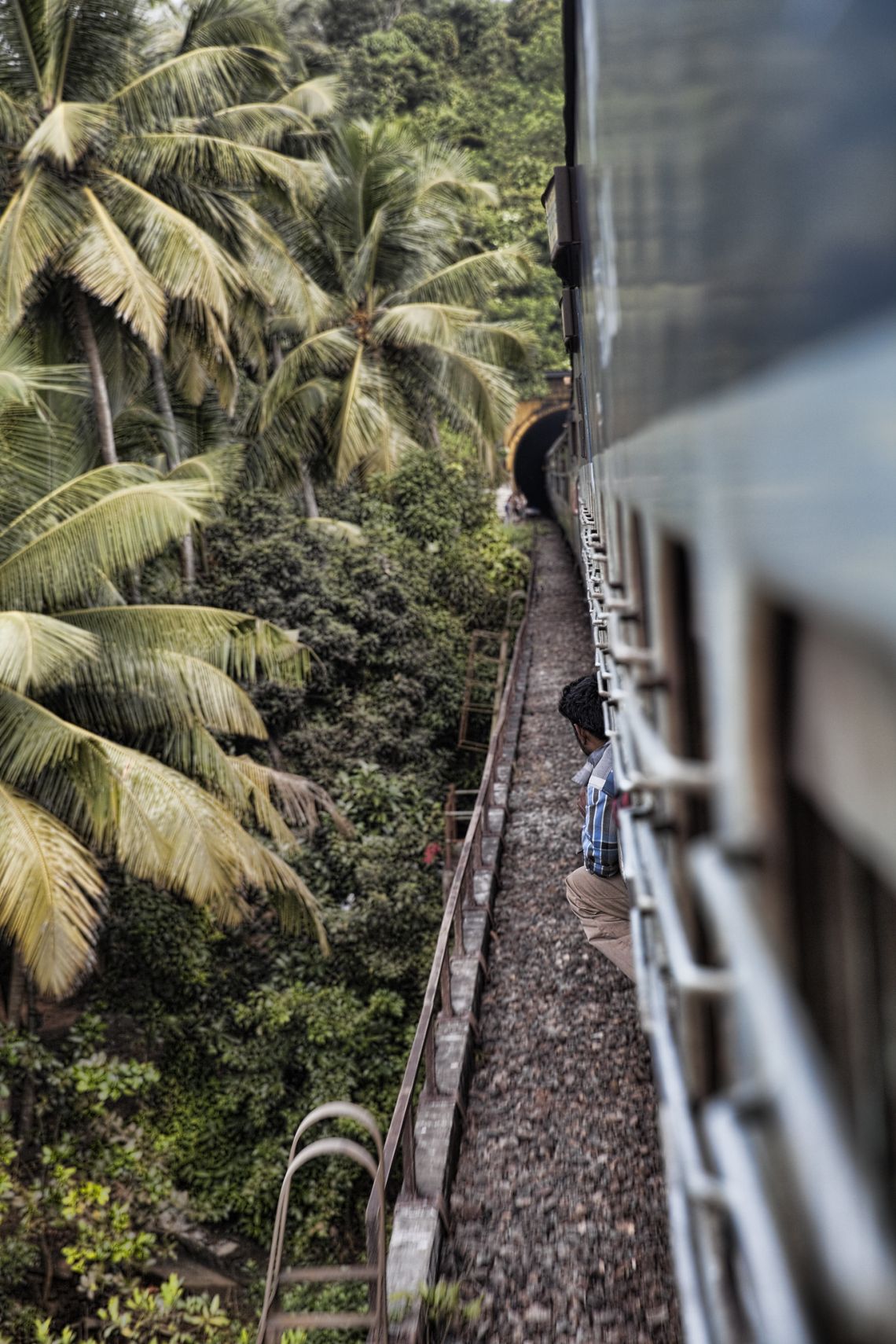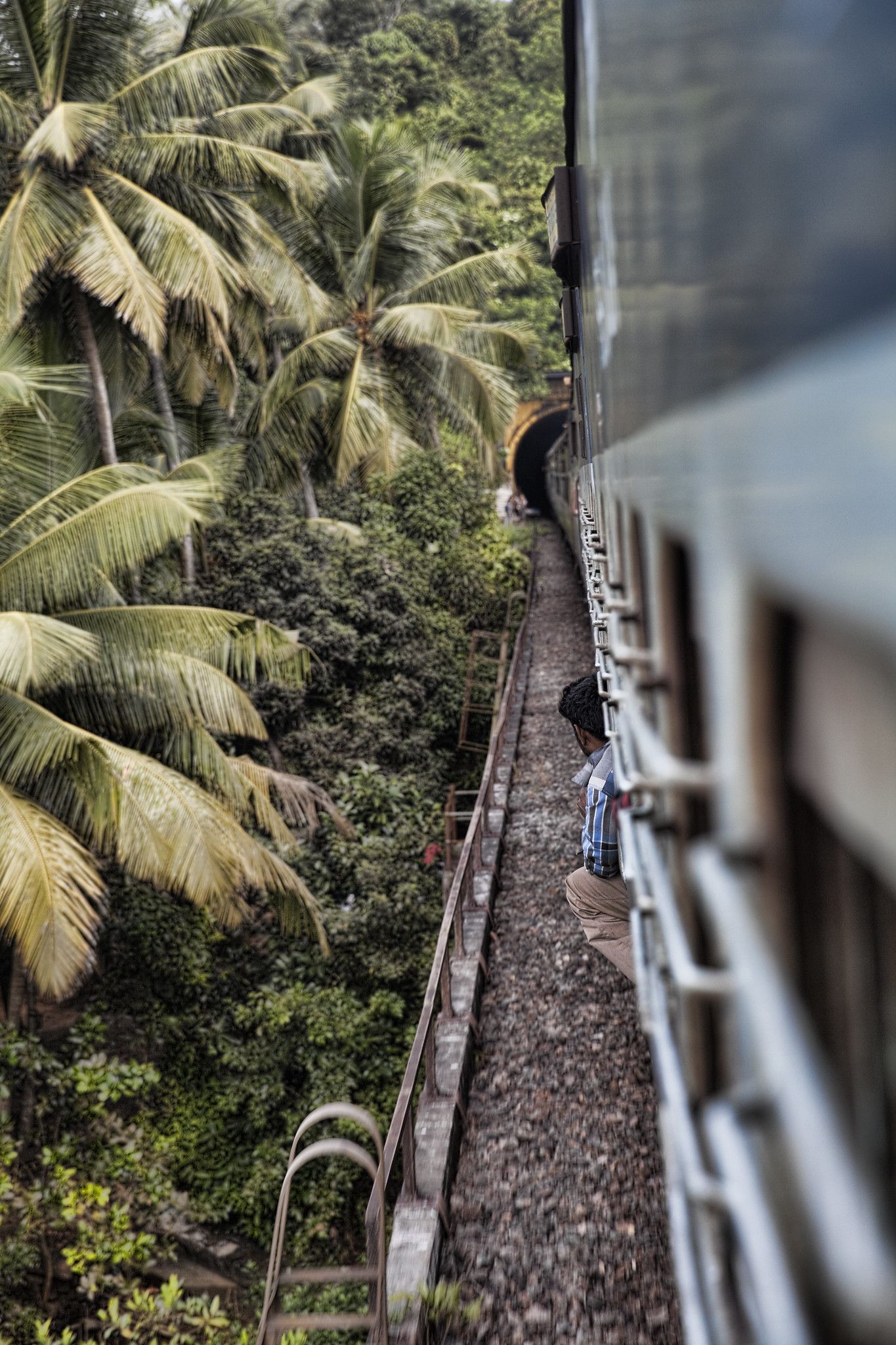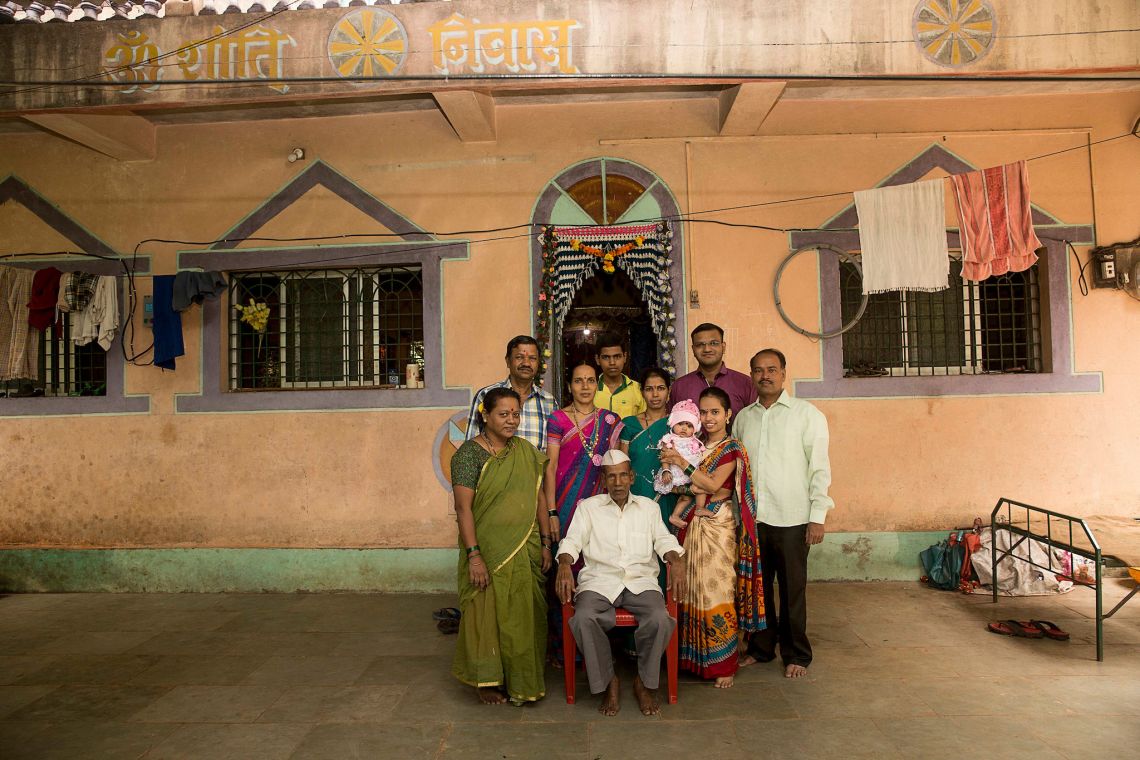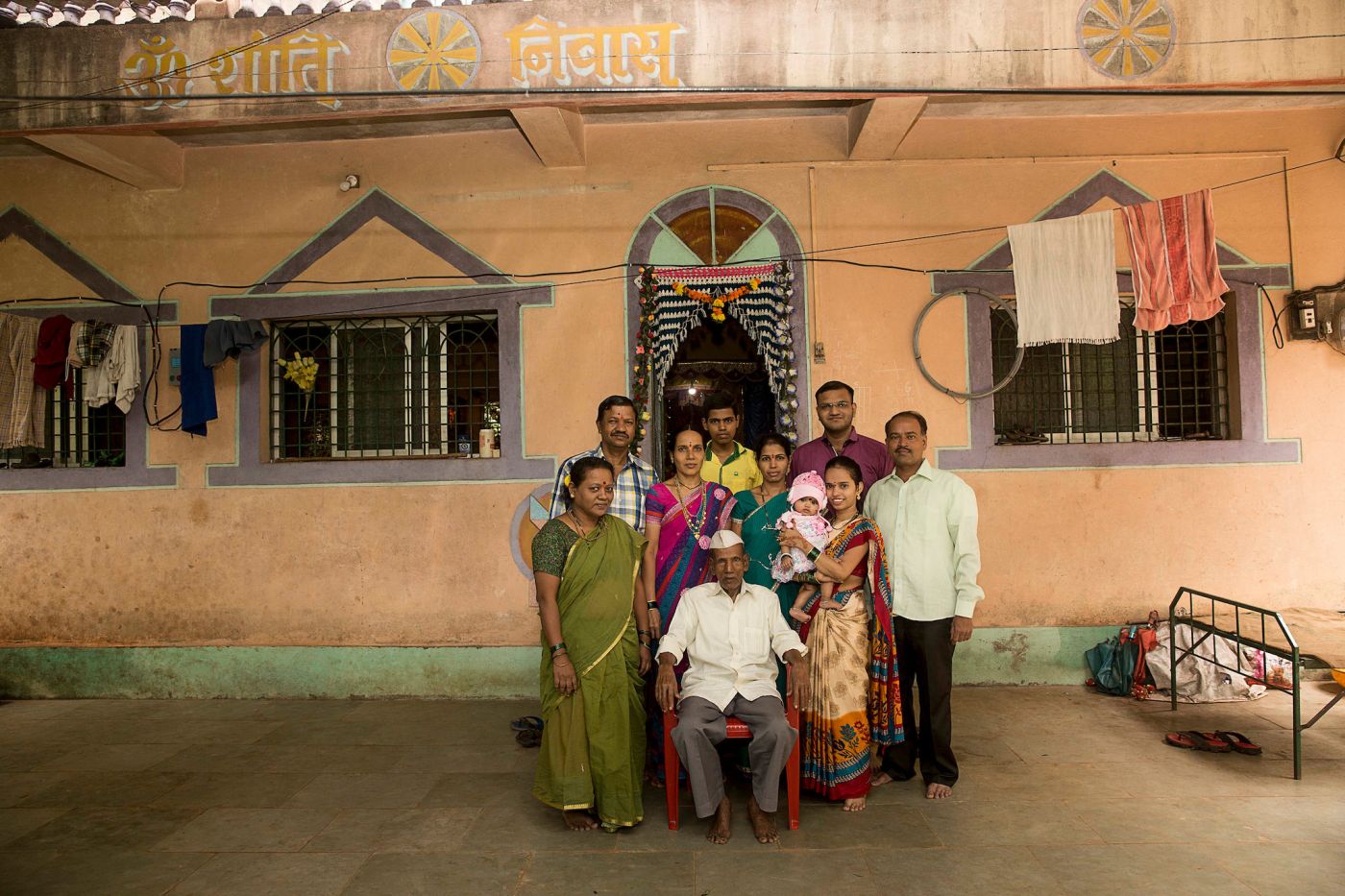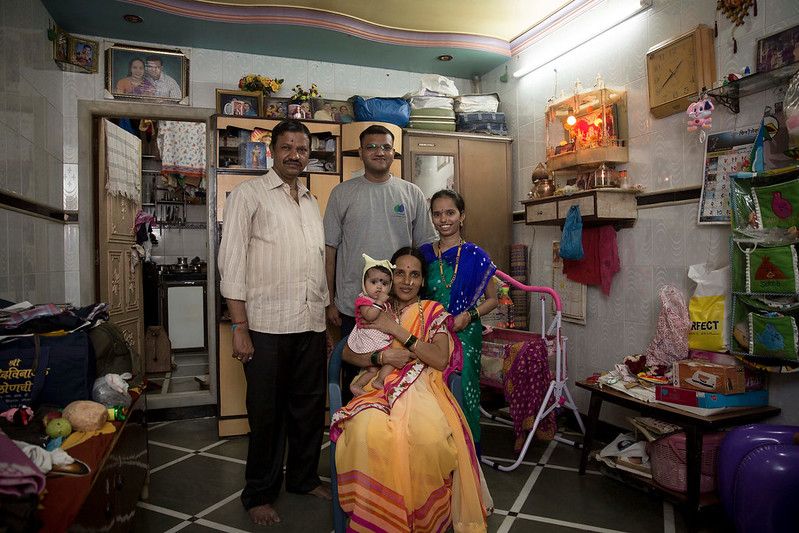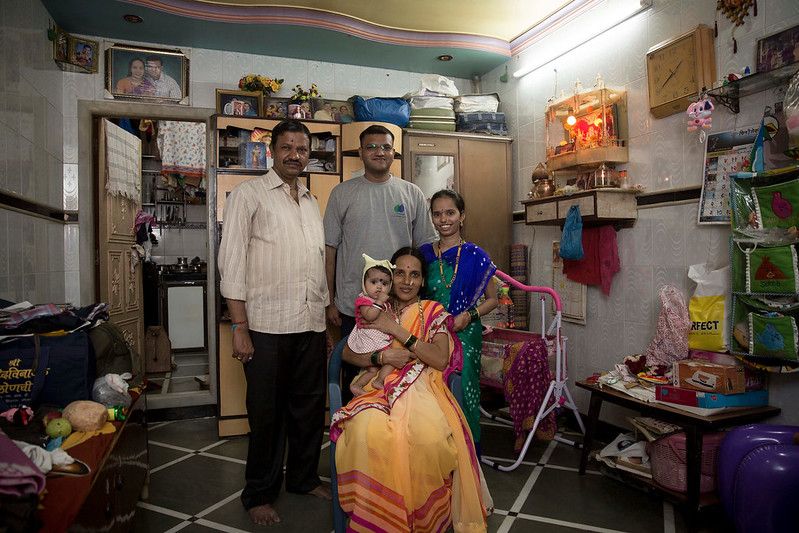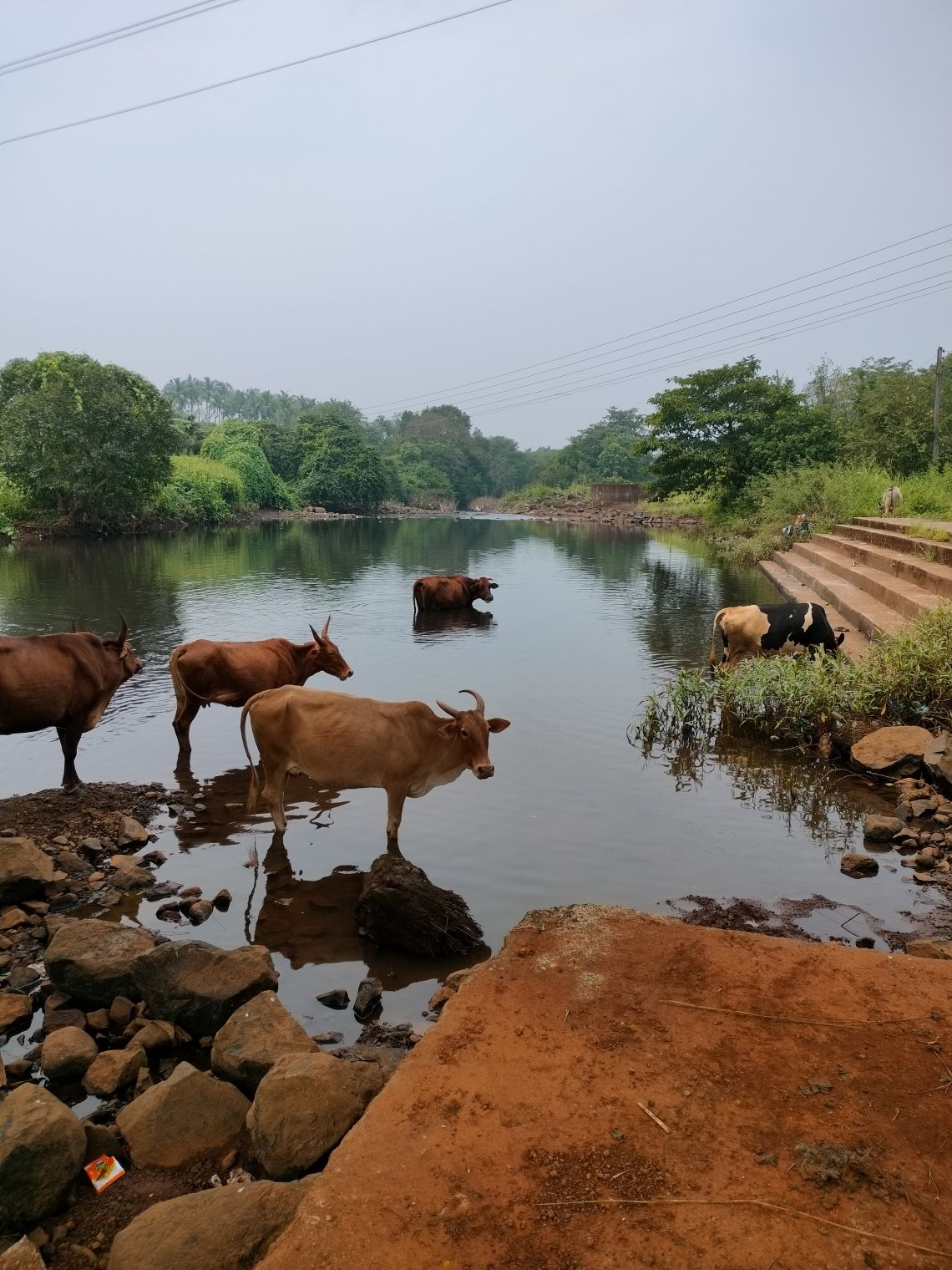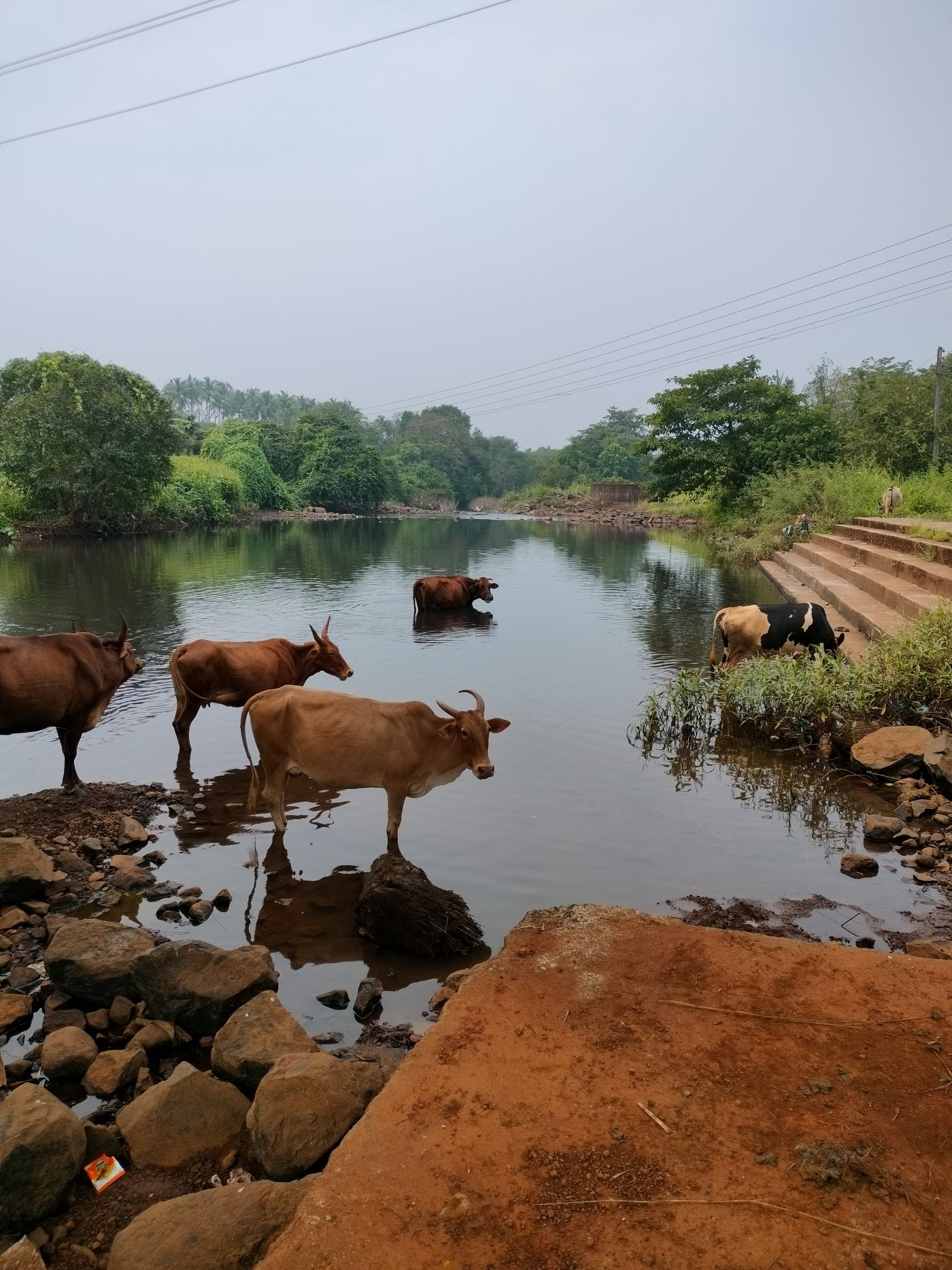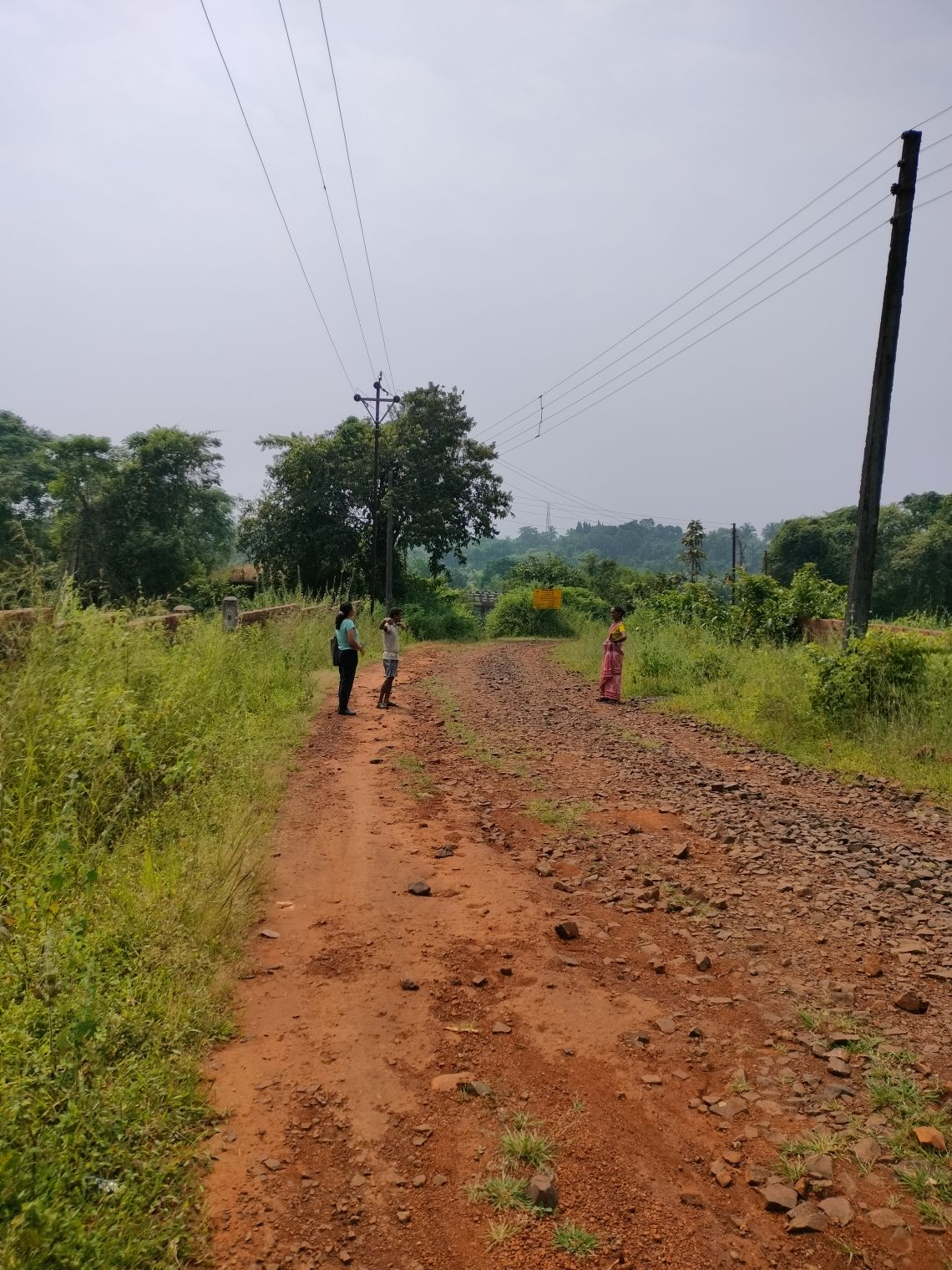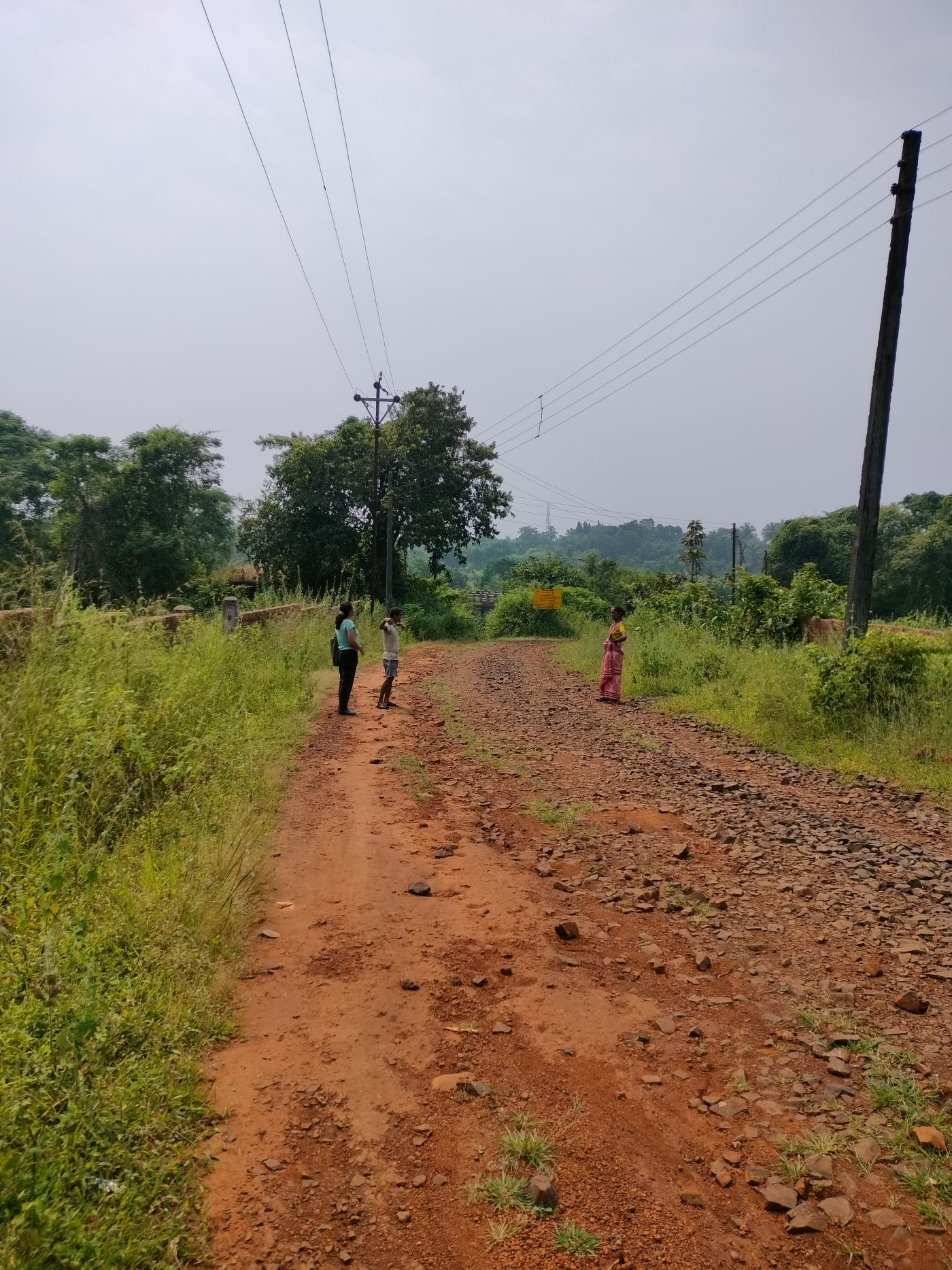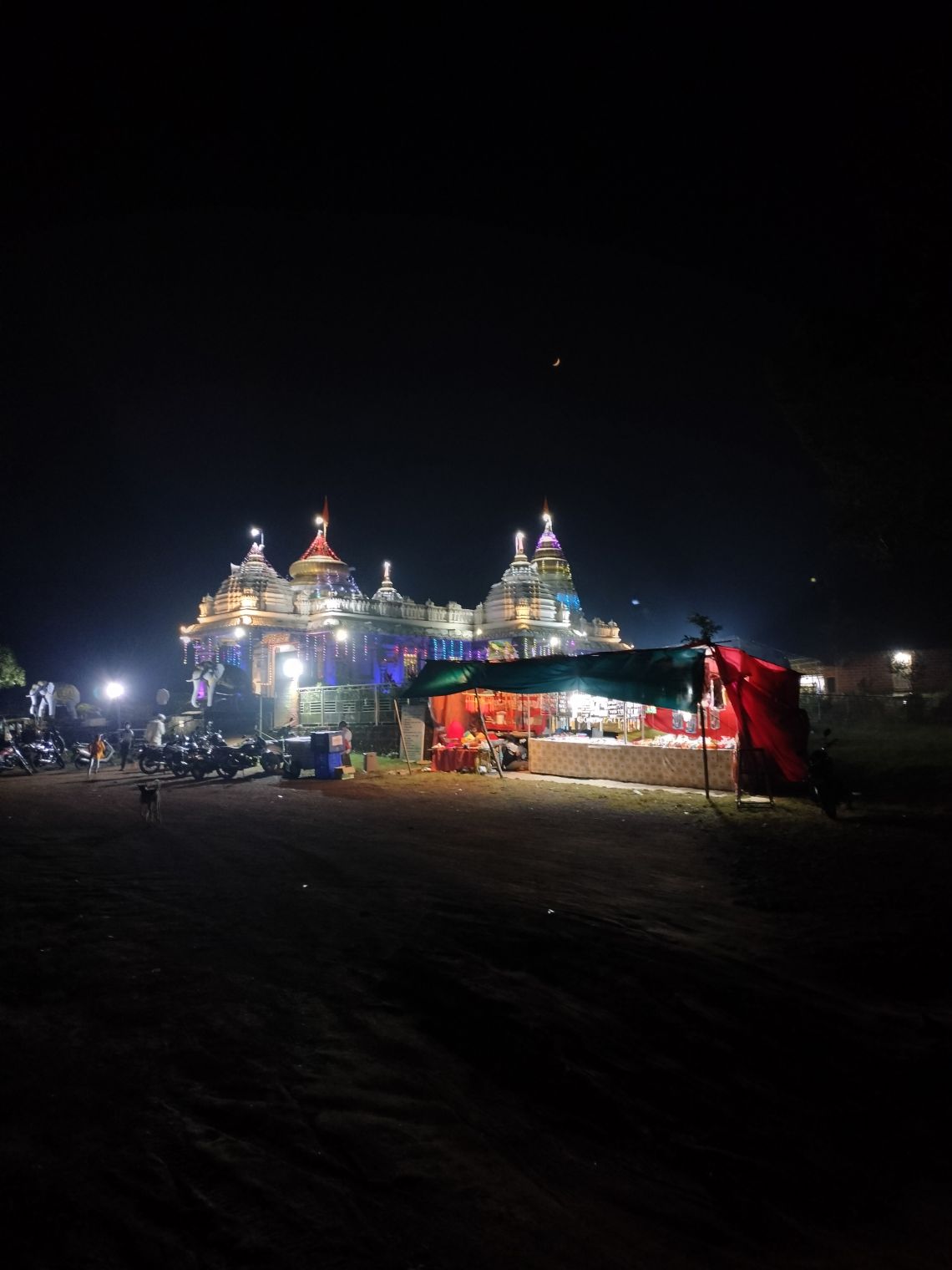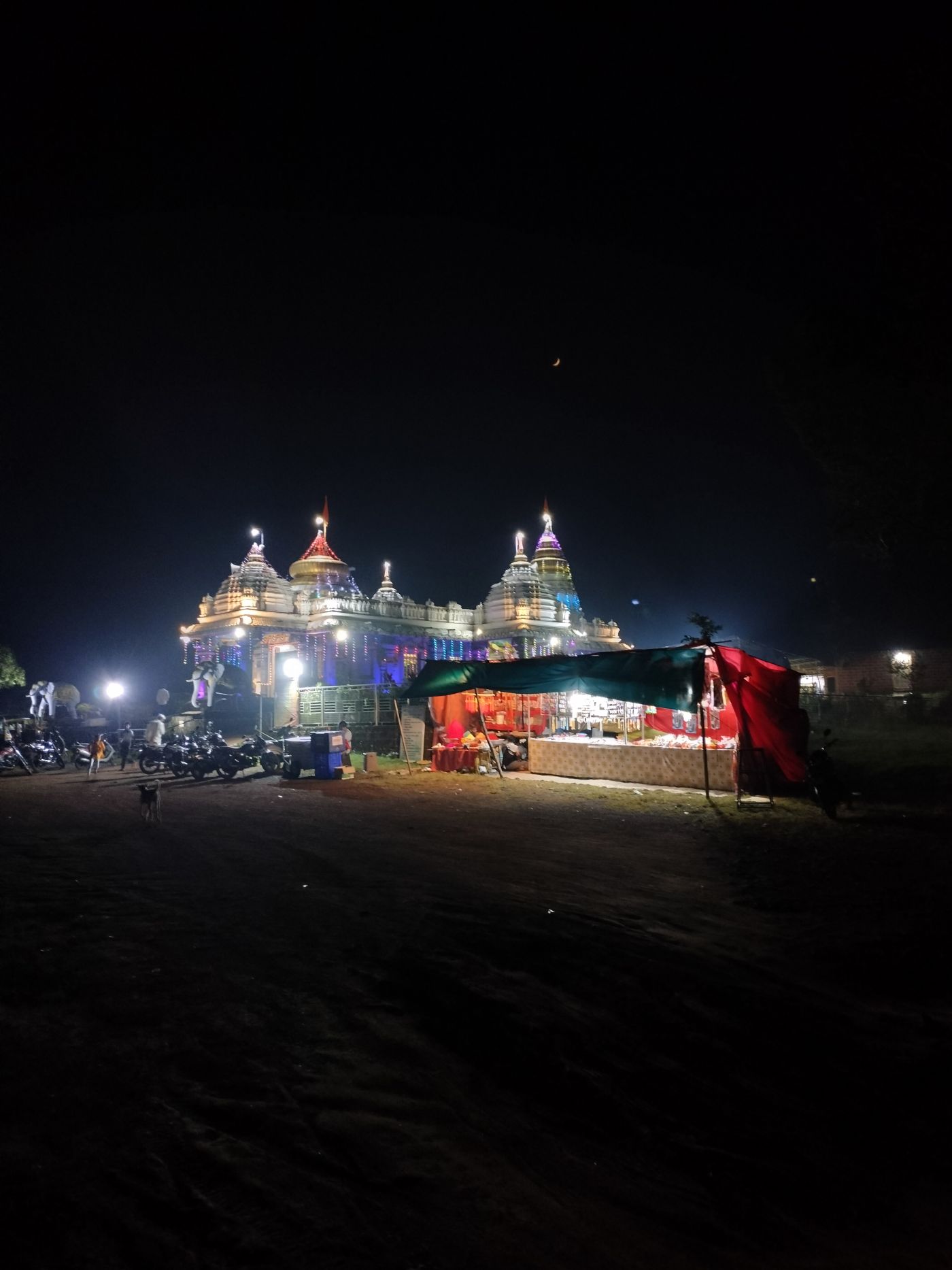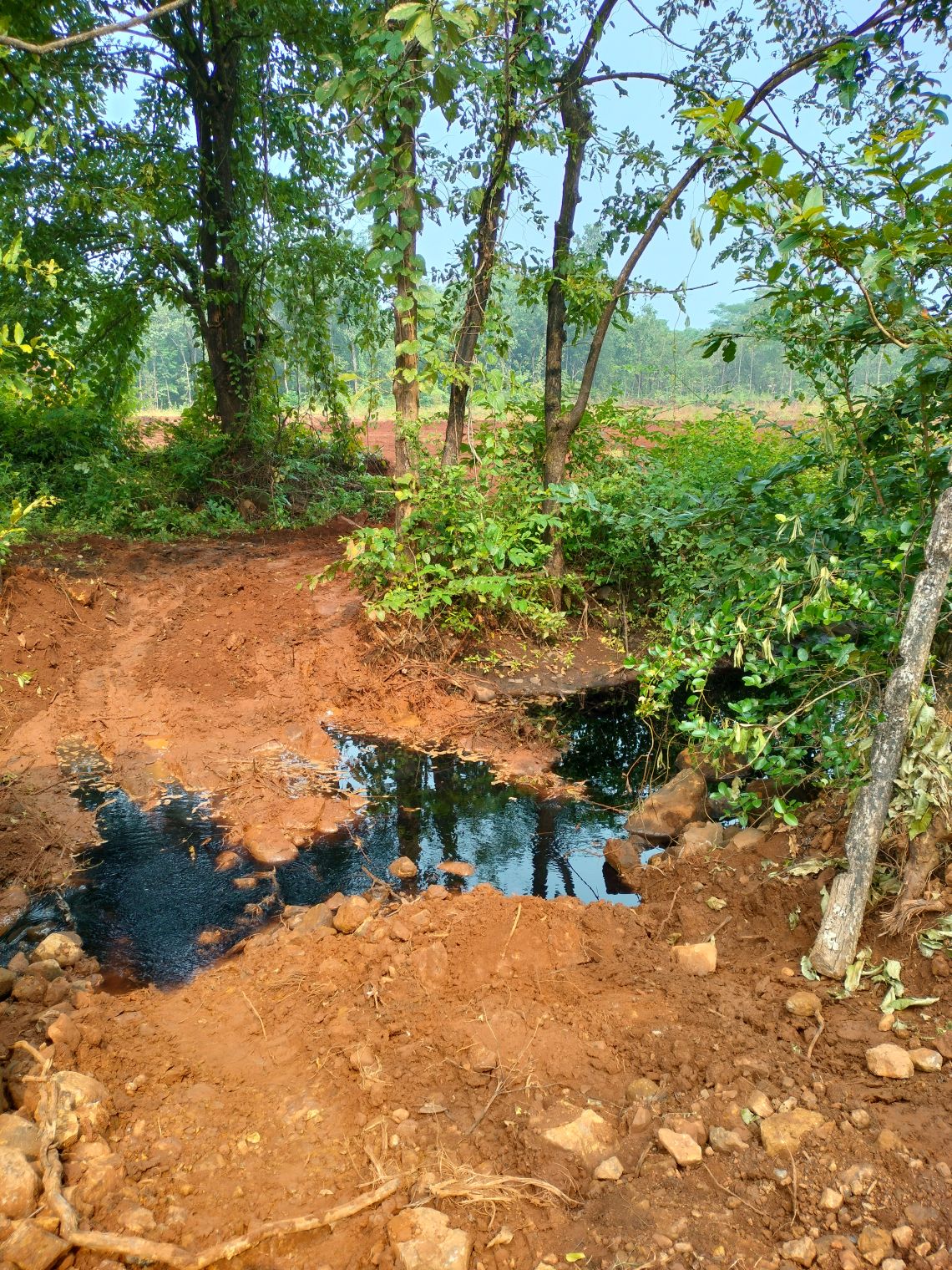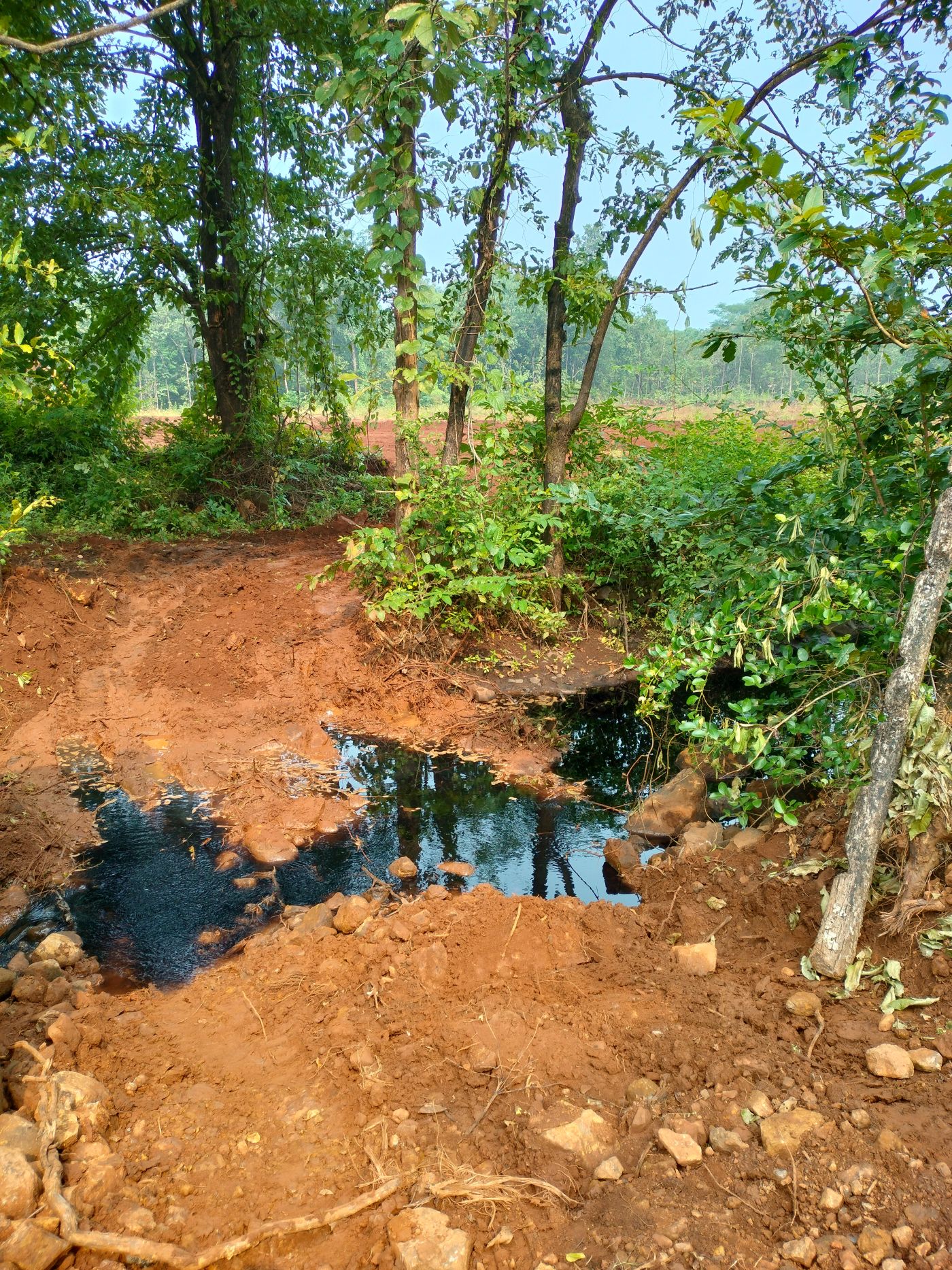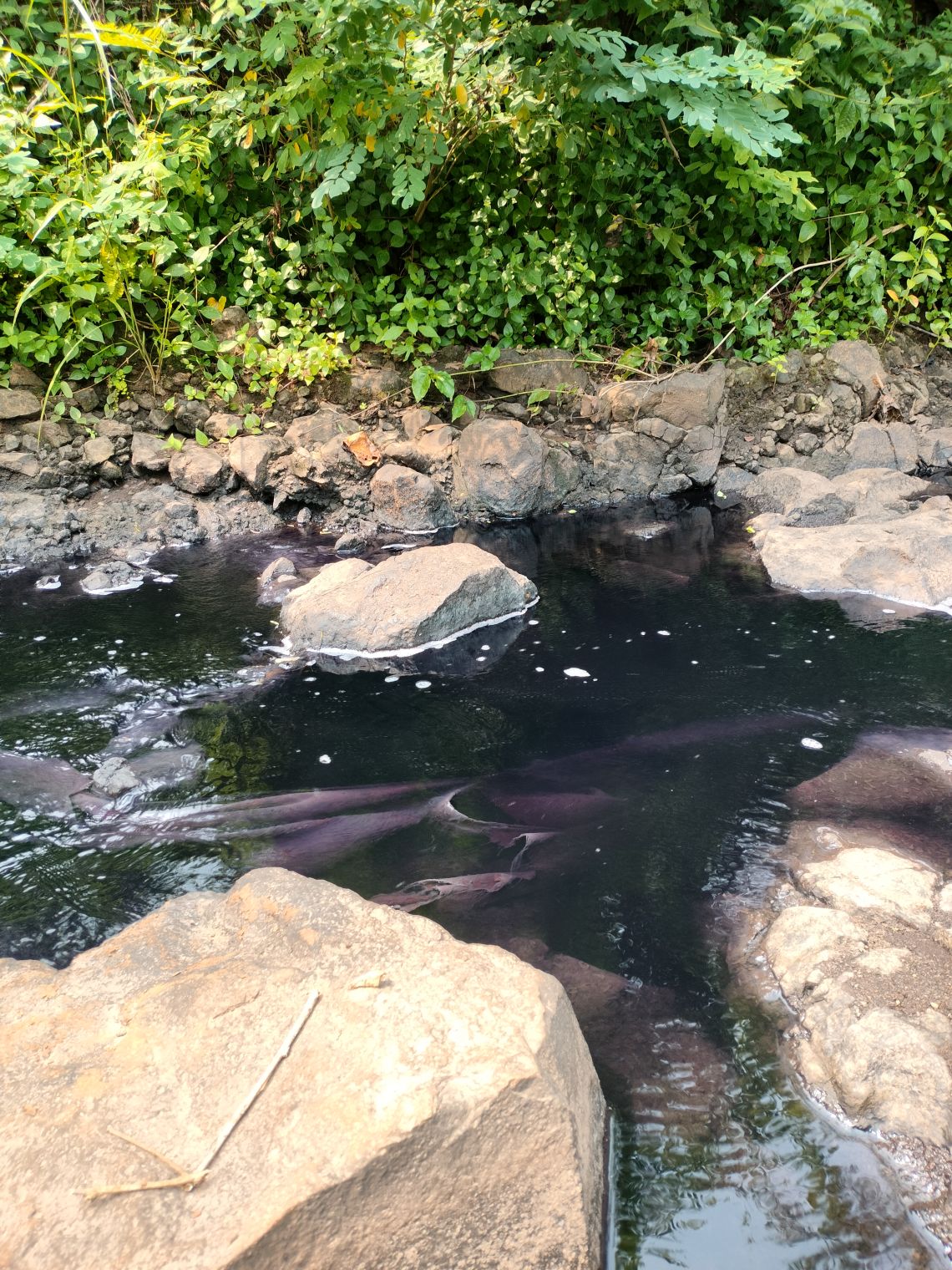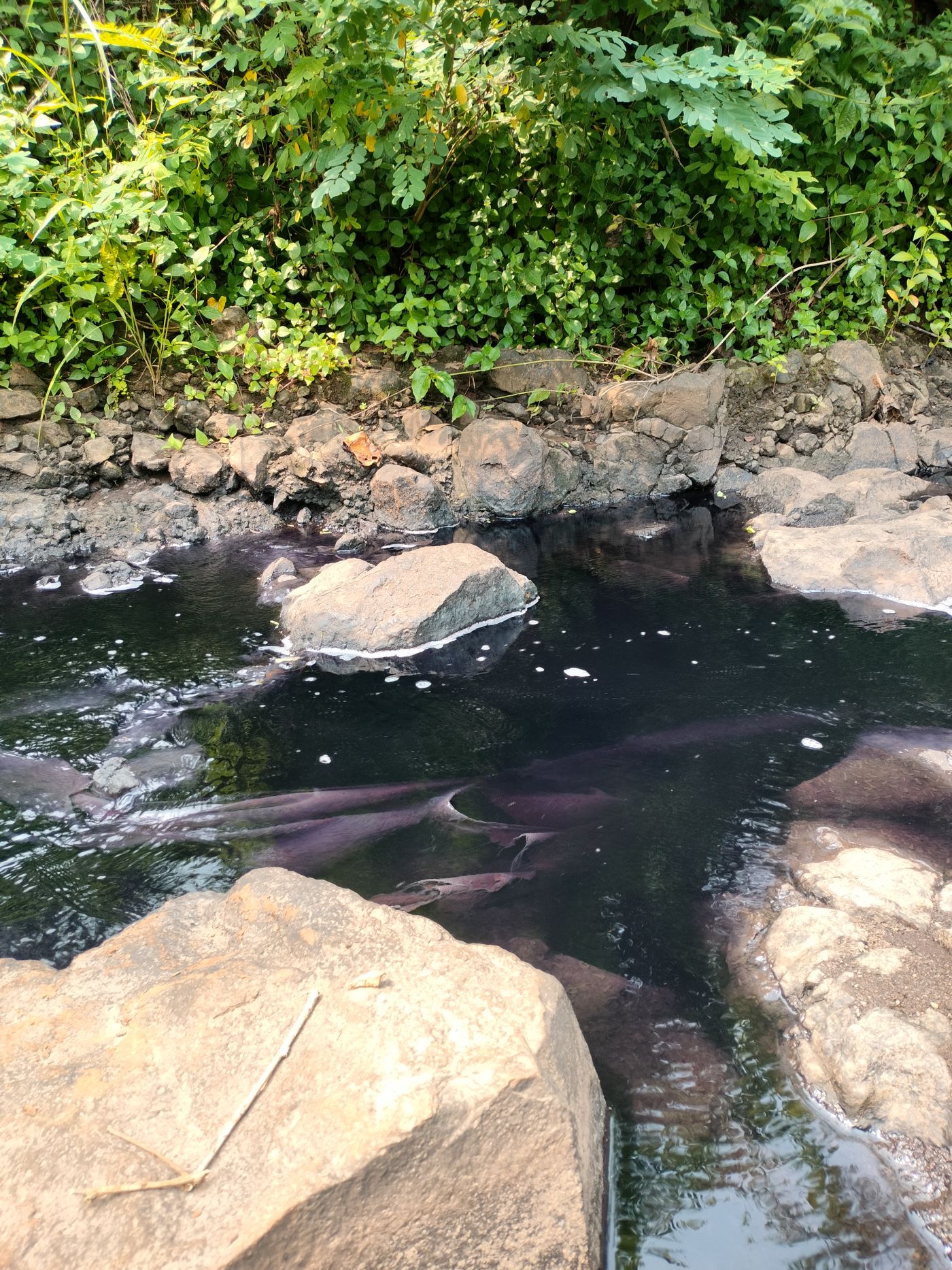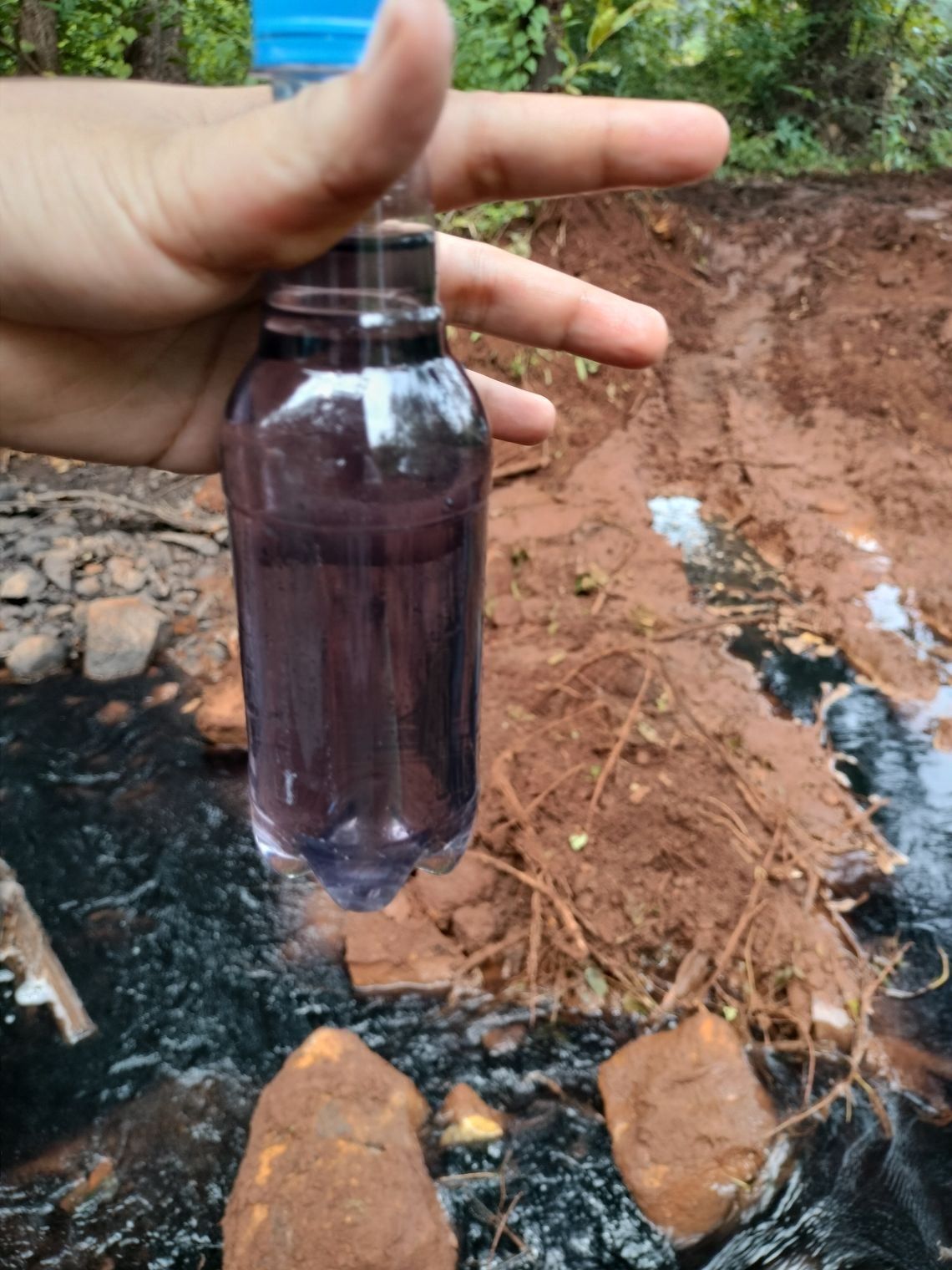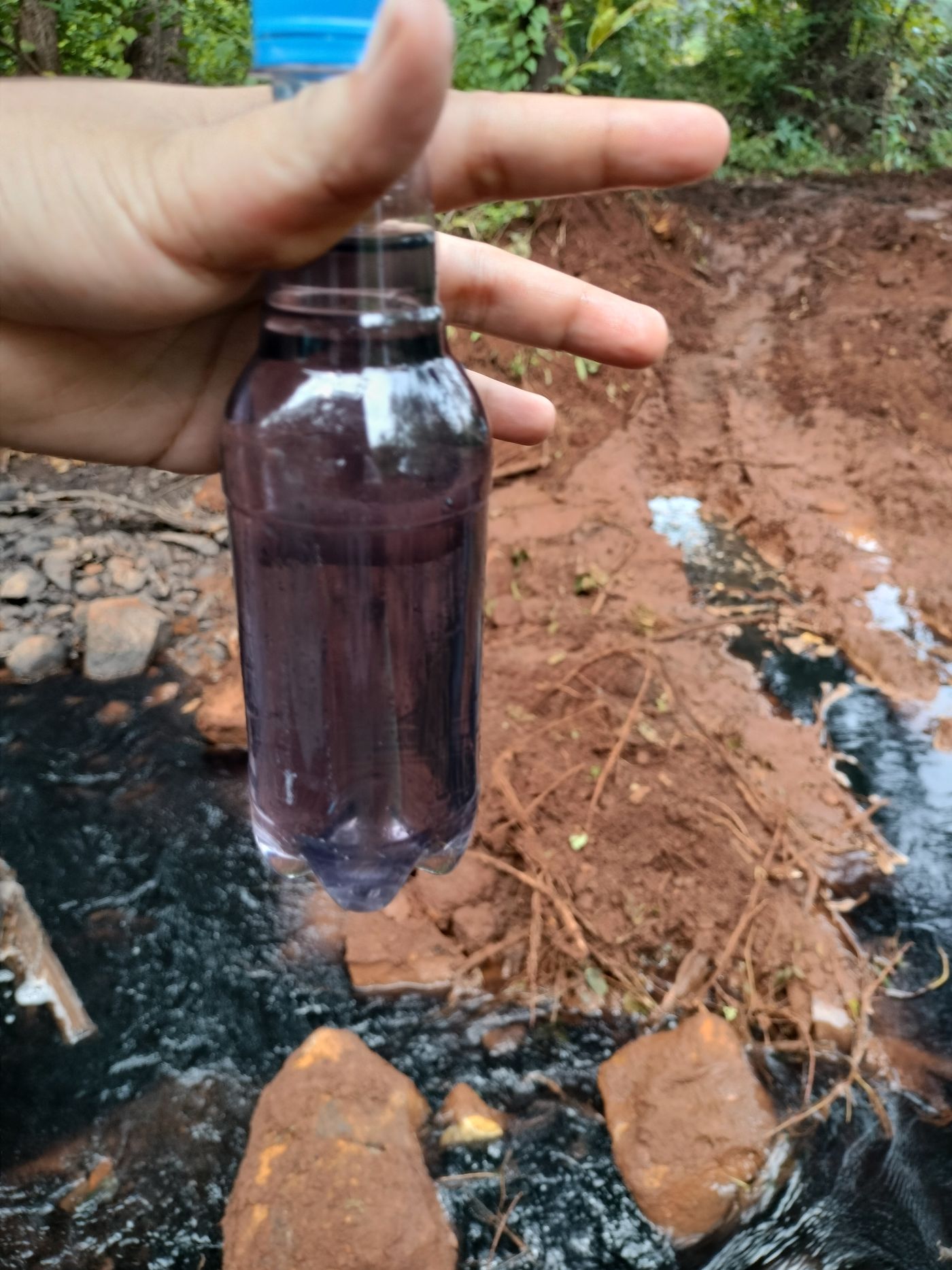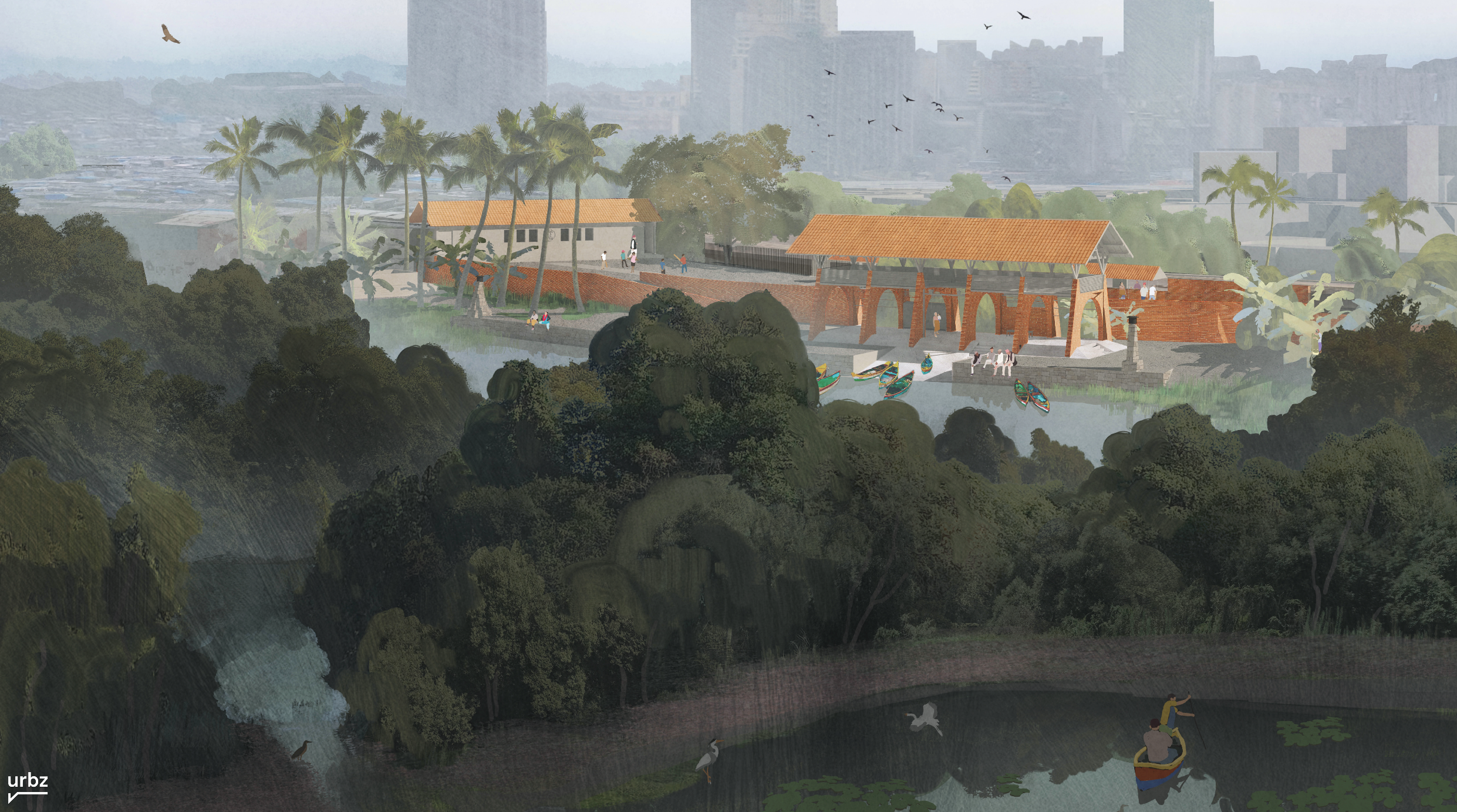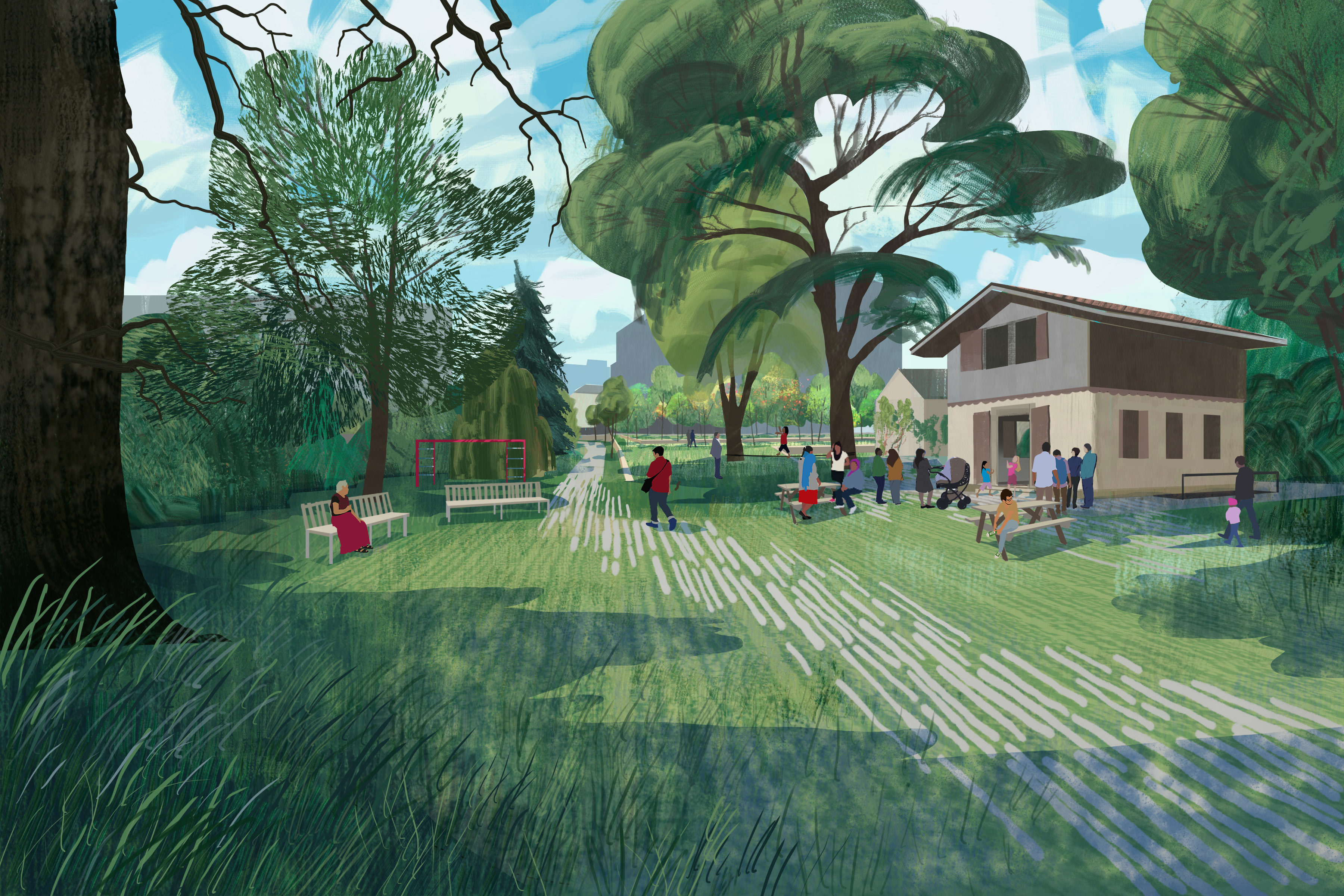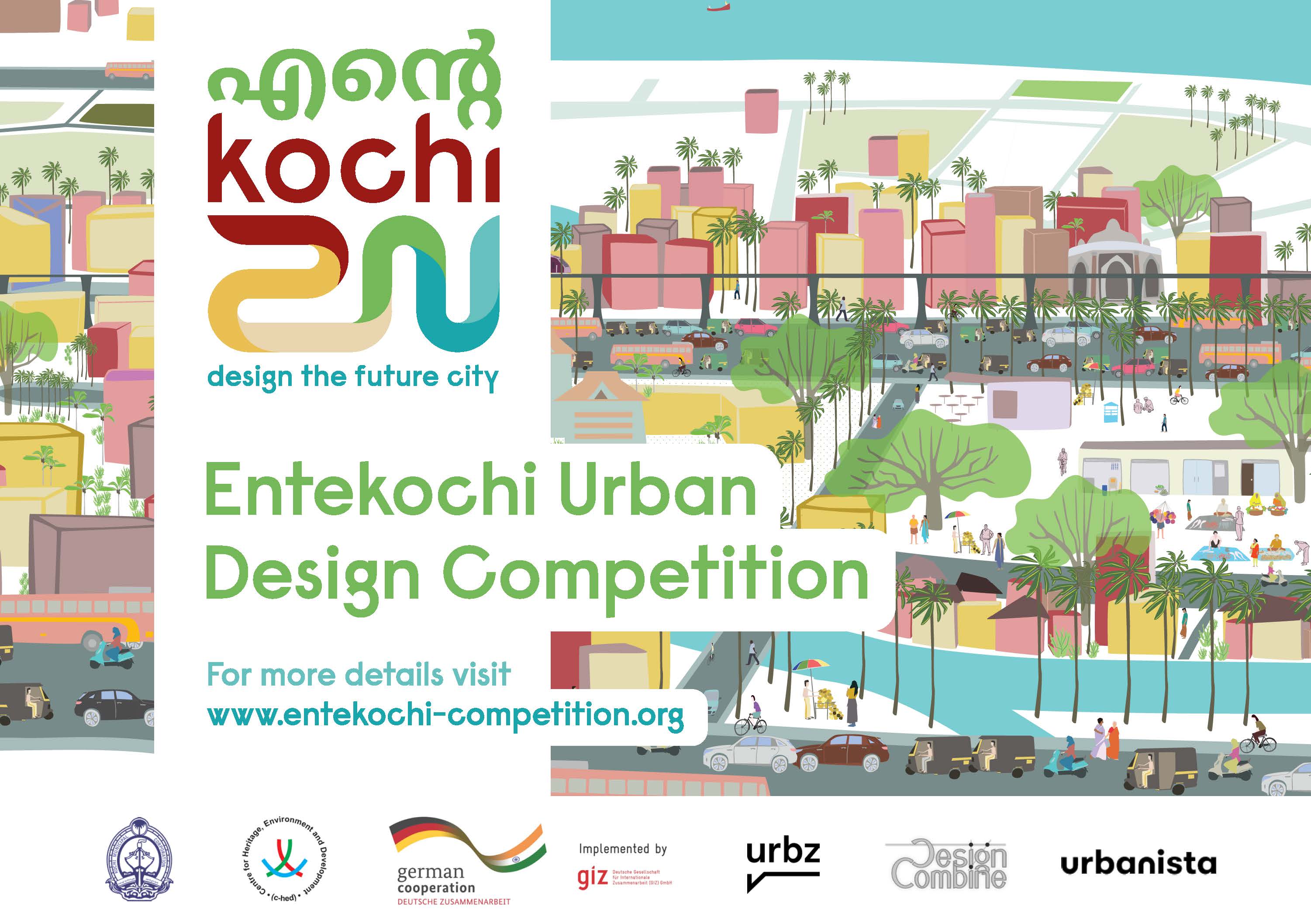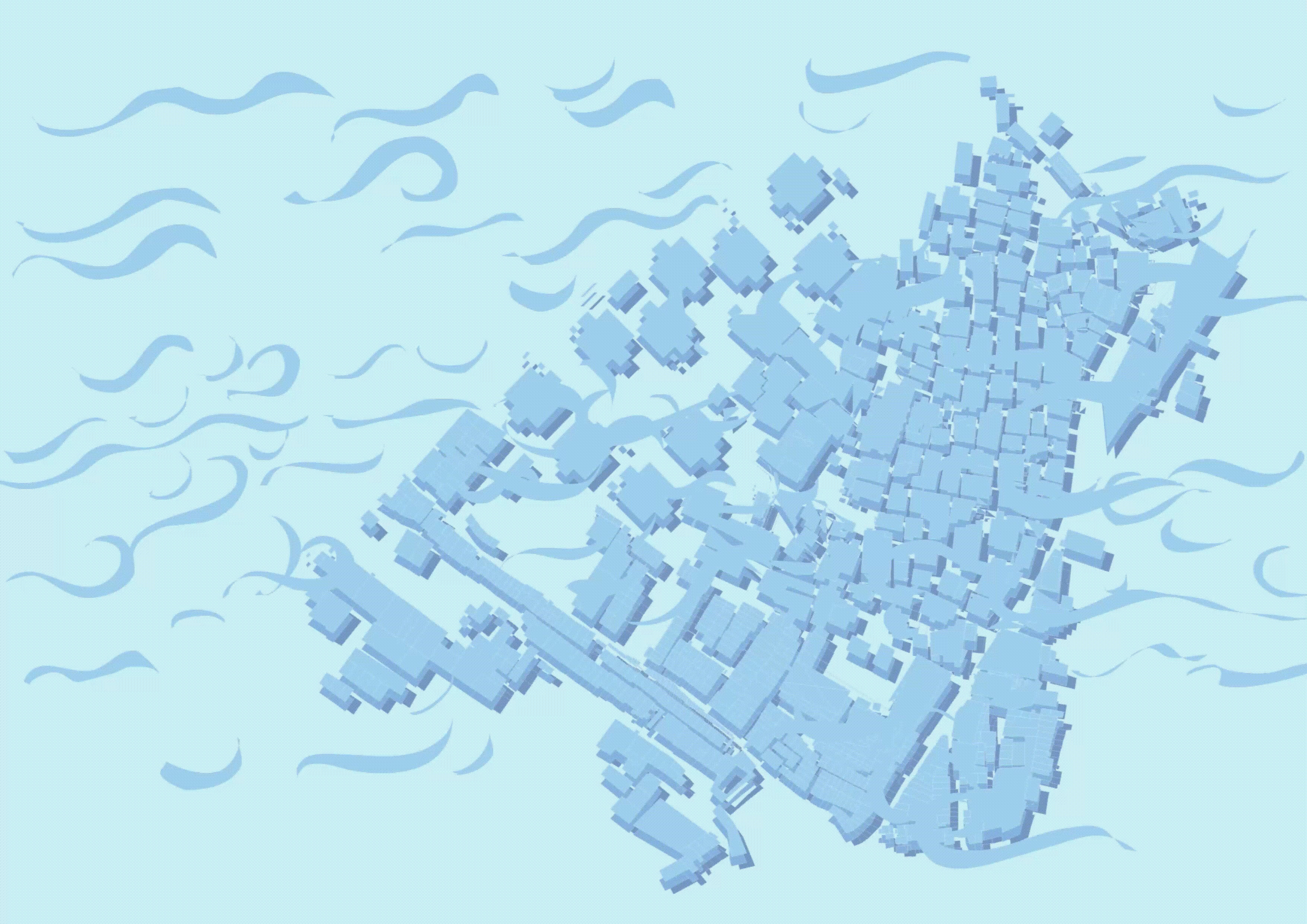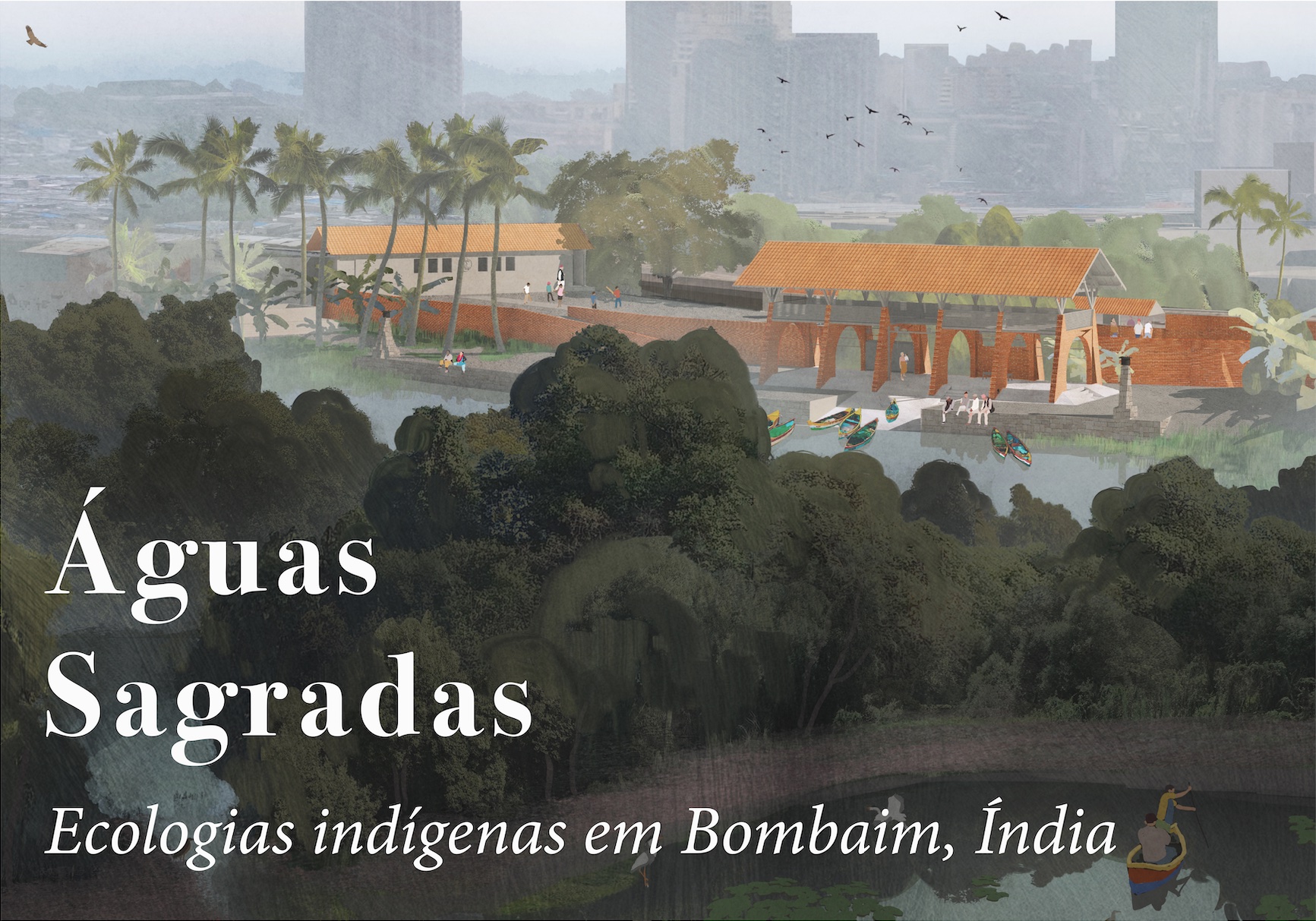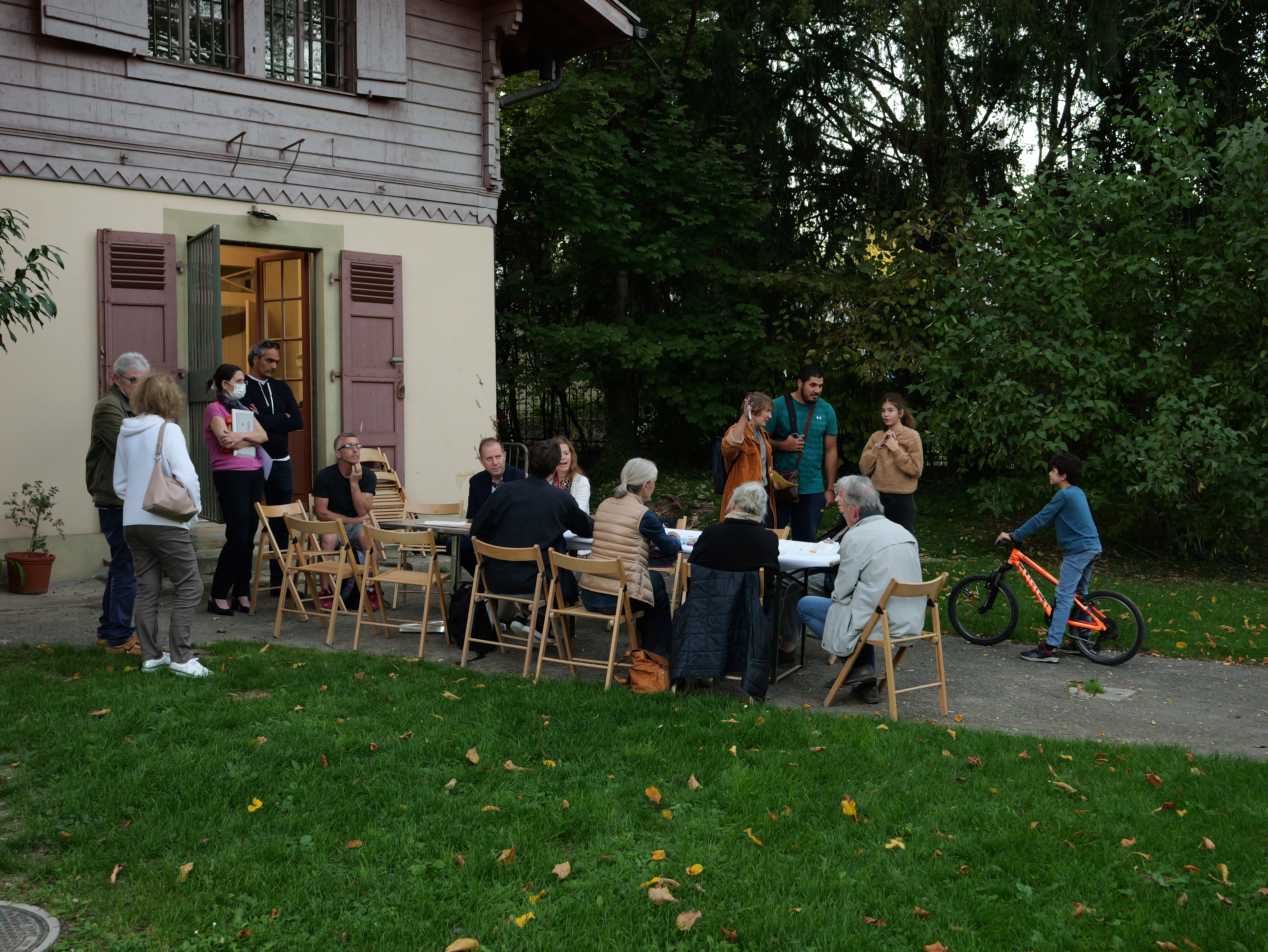Paan fried fish: Industry meets Environment
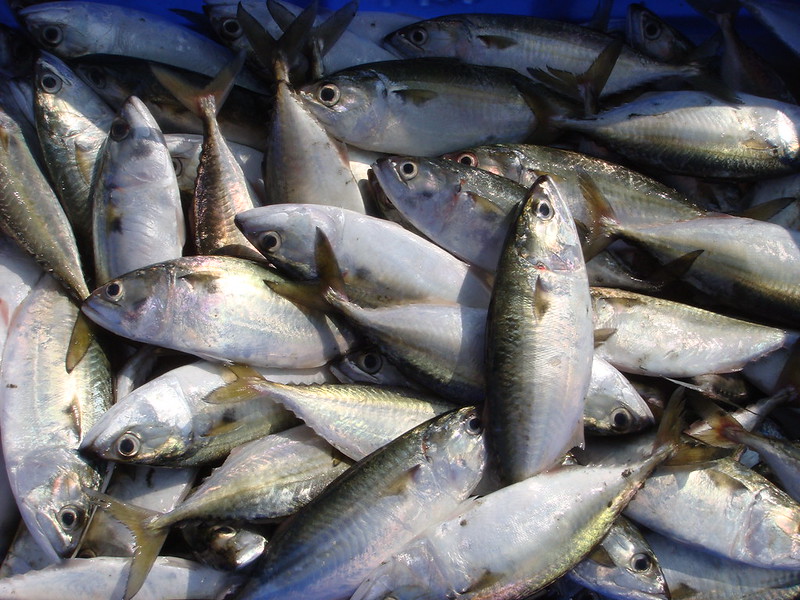
Paan fried fish: Industry meets Environment
Konkan, the region between the Sahyadri Hills of the Western Ghats to the coast of the Arabian Sea, has been one of the subjects of our work for nearly a decade. Running along the length of this landscape is the Konkan Railway connecting its’ cities and villages. Research we conducted in the region evidenced that the movement of people and goods is not only directed from villages to cities but is a loop that goes from cities back to villages. This questions conventional notions about migration being one-way - from rural to urban, and reveals a constant back and forth between the two. This interconnectedness is expressed in spatial forms, with village-like neighbourhoods in cities and city-like constructions in villages. We call this phenomenon circulatory urbanism.
Dharavi, in Mumbai, is home to many communities from across India that came to seek economic opportunities and settled there. Amongst them are communities from the Konkan. These communities maintained strong links with their villages and continue to do so. Circulatory urbanism is now unfolding in new ways, as some established community members are returning to the Konkan with an entrepreneurial vision that spotlights the region’s abundant landscape as a haven for urbanites.
We recently travelled 240 km from Mumbai to Chiplun by train and then onward by local bus to reach Sawarde, a small village along the banks of the Kaapsi River. Our friends from Dharavi have some land here which they intend to cultivate into a lush riparian farm stay. We have been hired to help with the program and design. We like to immerse ourselves in the places we work, and this was the first dip. We spent a few days in Sawarde, where we talked to people, walked through the countryside, attended Navratri Puja in the village temple and ended each day with hot rice bhakris (unleavened rice bread) and tiny river fish, locally called Chiknya.
While we relished eating the fish, we were up late at night thinking about a shocking sight - a stream, the colour of red wine, flowing through the land and straight into the river from where the fish was caught. No, this article is not entering the realm of science fiction but is taking a sobering turn into the seemingly conflicted realities of industry and the environment.
Curious to know more, we tried to find the source of this stream. As we walked along purple waters, we met a family of cowherds who told us that the stream gets activated by the monsoons. This seasonal stream purifies the earth by leaching substances dumped on the ground during the dry months. But what was this purple stuff and where was it coming from? After speaking to a few more locals, we discovered that this came from a factory that makes Kattha - the solidified extract made from boiling the wood of Khair or Acacia - a main ingredient in Paan (chewing tobacco). The residual water is the colour of wine and is allowed to leach into the soil. Paan not only stains roads and public places but also streambeds and rivers.
The Kattha industry is an ancient one and has continued into the present almost unaltered. The conflicts with the environment arise mainly as a function of scale. The last decades have seen the scaling up of this cottage industry without any attention paid to the treatment of its’ byproducts resulting in non-human consumers of kattha - the fish are just one example. Kattha byproducts contaminate water not only by imparting a purple colour to it, but the organic matter in it decomposes reducing the availability of dissolved oxygen which makes it tough for aquatic life to thrive.
We are looking into ways to treat this water, hopefully in collaboration with stakeholders along the stream and the Kaapsi River, especially the owner of the Kattha factory. The solution will need to go beyond the technical and rely heavily on local knowledge and community participation to be effective. In the spirit of circulatory urbanism, this could be a farm that is more than a haven for urbanites, but also a place for the industry and environment of the village to be recognised and reconciled.
The video shows the equipment and process of catching Chiknya
